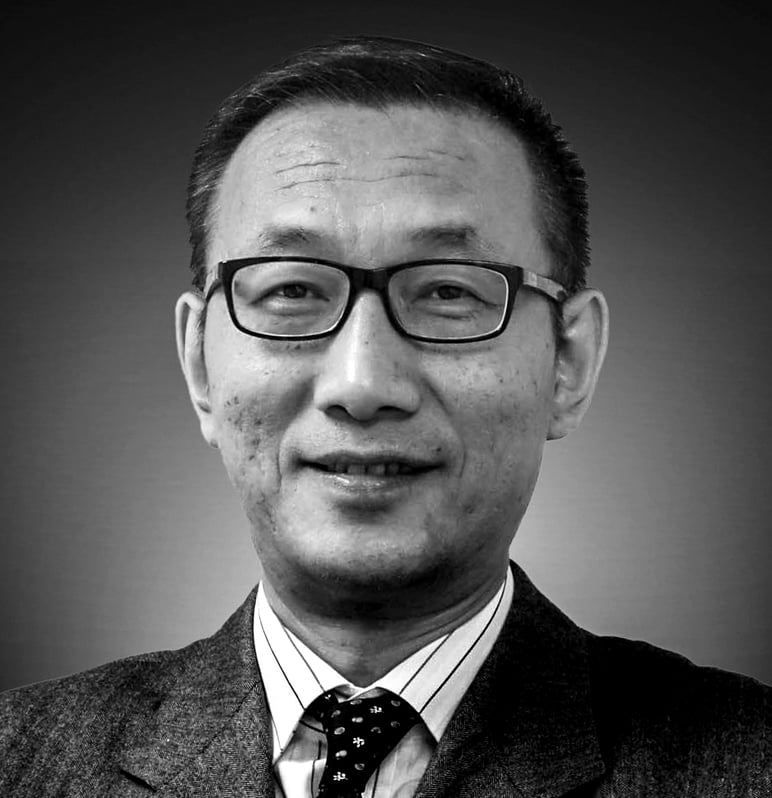
How two brothers built a Western-class heart hospital in rust-belt China
With backing from global organisations, including the Clinton Foundation, Huang Hai and Huang He built a medical facility that delivers on the promise of health care reforms – quality service at prices people can afford
Lining a wide boulevard in an upscale neighbourhood in the southeast of Changchun, the capital of the agricultural province of Jilin, are some fancily named residential compounds, including “Whistler”, supposedly transplanting the design and ambience of the famed Canadian resort town, while another promises a New York Central Park experience.
Standing in their midst is the innocuously named Jilin Heart Hospital (JHH). While some developers borrow foreign-sounding names to try to boost sales, the hospital owners built it brick by brick according to the specifications of the famed Community Heart and Vascular Hospital in Indianapolis with the blueprint supplied by the Clinton Foundation.
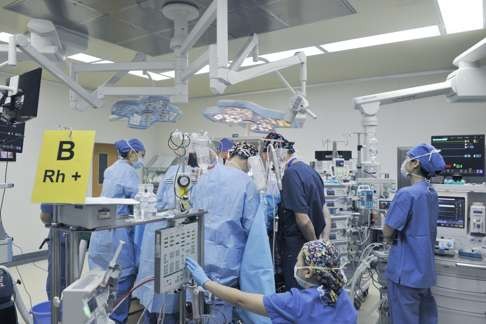
Initially helped by Children’s HeartLink, an international medical non-profit organisation also based in Indianapolis and partly funded by the Clinton Global Initiative, the hospital has adopted Western hospital management procedures and recruited cardiologists and specialists from countries including Germany, Italy, Austria and Bulgaria, along with imported state of the art medical equipment including the Hill-Rom beds.
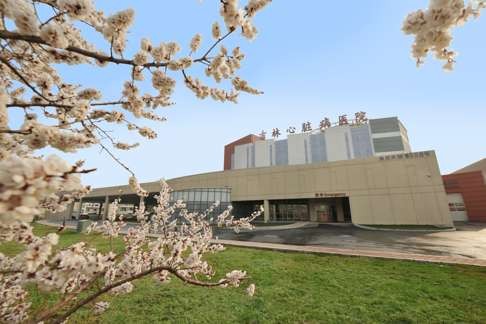
Owners Huang Hai and Huang He, brothers from diverse backgrounds whose names literally mean Yellow River and Yellow Sea, have nurtured an ambition to build the 300-bed hospital with a 300 million yuan (US$45.1 million) investment into the best of its kind in China and Asia.
But it will be an uphill task, to say the least. As they intend to blaze a new trail in China’s much maligned medical system, they have to steer their venture against the entrenched and largely corrupt medical practices in the public hospitals, government bureaucracies, and the widespread scepticism of fellow medical practitioners and even their potential patients.
Health care costs forcing China’s patients into crippling debt
The future success of the hospital will not only depend on the hard work of the two brothers but more importantly the progress of the mainland’s health care reforms.
A recent study conducted by the World Bank, the World Health Organisation and relevant Chinese ministries outlined multiple challenges the sector faced, including a surge in non-communicable diseases such as cancer, diabetes and heart disease and rising health care costs. It urged Beijing to adopt the “people-centred” integrated system and shift away from expensive hospital care that often does little to improve the health of the people.
But it is easier said than done. Widespread corrupt practices are prevalent at public and private hospitals. Doctors prescribe medicine and procedures that are more costly than necessary, fuelling deep mistrust among patients who then lash out at doctors and nurses, with the disputes sometimes turning fatal.
We believe what we are doing will help lift the overall medical standards of the medical community
But the Huang brothers have taken it all in stride. “We are very confident of success as we believe what we are doing will help lift the overall medical standards of the medical community,” said Huang Hai, the elder brother, who is president of the hospital and a trained doctor. They form an effective team because of their vastly different educational backgrounds.
There father is the head of a county hospital in Jilin, but after studying medicine and a stint at a Zhuhai hospital in the 1990s, Huang Hai decided to dabble in business. “I owned a textile factory in Shenzhen once and was later involved in selling soft drinks, medicine and medical equipment, and I made some money,” he said.
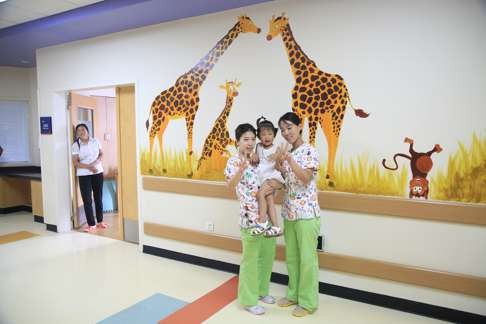
Meanwhile, Huang He, went to the United States and studied for a MBA at Virginia Polytechnic Institute and State University, popularly known as Virginia Tech, and after graduating in 2001, he went to work as a marketing manager for a telecoms firm in Silicon Valley.
In 1998, a unique opportunity arose which saw their father, a savvy manager, succeed in engineering the privatisation of the government-owned county hospital, with the Huang family controlling a majority stake.
Encouraged and guided by the father with his impeccable connections in the provincial medical sector, Huang Hai was recalled to lead the efforts to build up a heart hospital with a group of investors in 2003.
Initially, the family leased vacant rooms at a public hospital in Changchun and moved into the current premise in October 2011.
From the beginning, Huang Hai who had witnessed up close the unscrupulous money-making practices prevalent in the business, wanted to build a facility free from those ills.
But he rarely travelled outside China and spoke little English, so he reached out to his younger brother for help.
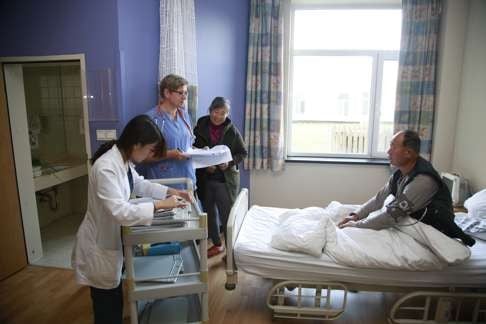
Huang He contacted non-profit organisations in the US and used his marketing skills to secure the support of Children’s HeartLink and the Clinton Global Initiative. They said they wanted to help children with congenital heart disease, which afflicts about 130,000 children in China annually.
In 2008 and 2009, two teams of American specialist doctors in paediatric cardiac care from the New York-Presbyterian Hospital visited the Jilin hospital to perform operations and train local surgeons in newer procedures. The American doctors offered advice on planning the new hospital. The visits boosted Huang Hai’s confidence that a facility with international standards and foreign doctors was possible. With the help of their American friends and international headhunters, the first batch of foreign doctors came on board in 2012.
Everything reminds you of a Western hospital, except for the patients
Dr Lemma Massimo who came to Changchun from a hospital in Milan became head of cardiac surgery in March. He said he was attracted by the Huang family’s vision and mission.
“The first time that I visited the hospital, I was impressed by the Western atmosphere that you can breathe, from architecture to clinical protocols, everything reminds you of a Western hospital, except for the patients,” he said.
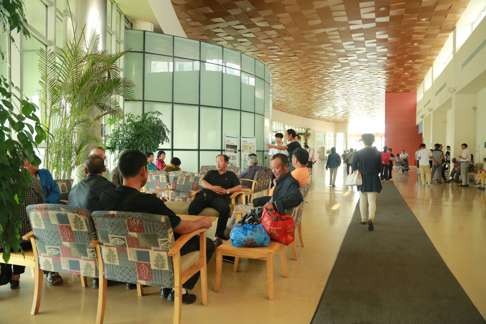
“Mr Huang [He] knows the importance of evidence-based medicine and has helped us to implement it at JHH.”
Dr Pietro Vandoni, an expert interventional cardiologist who used to work in public hospitals in the north of Italy was among the first batch of doctors to move to JHH. Speaking from Italy after finishing his one-year stint at JHH, he said he was impressed by the management’s determination to seek continuous improvements. He recalled an episode in which the Huang brothers summoned him and other foreign doctors to a meeting and using PowerPoint slideshow made a detailed analysis of their performance, achievement and weak points, and then offered suggestions on how to move forward. “I was very impressed as they observed our behaviour and decisions every day, then they gave us suggestions.”
China’s medical reform a healthy dose for private health-care suppliers
For the Huang family, an initial focus on offering free surgeries carried out according to international standards was seen as the most effective way to boost the brand and reputation of the hospital and spread goodwill among a suspicious public. As a result, in 2014, JHH teamed up with provincial government backed charities and local medical authorities to offer free surgeries to children and adults from poor families who met the qualifications. The partners provided 80 per cent of the funding and the rest came from the hospital.
But persuading the patients to come for treatment proved arduous. The hospital engaged provincial TV anchors as goodwill ambassadors, held seminars for officials and rural doctors to explain the refer system, and sent caravans of foreign doctors and volunteers to publicise the initiative in the countryside.
[Patients] are still sceptical even after checking it out, believing some kind of scam will happen to them later
“We often get sceptical patients coming to our hospital for the surgeries and they are still sceptical even after checking it out, believing some kind of scam will happen to them later,” Huang Hai said.
Over the past two years, they have succeeded in performing more than 4,000 operations and they aim to raise the number to 10,000 in three years.
Through efficient allocation of resources and strict management of fees and the cost of medicine, each surgery costs about half what it does at public and other private hospitals. JHH has managed to keep revenue from dispensing medicine to below 10 per cent of the hospital’s total revenues, as compared to the industry standard of 40 to 50 per cent.
Looking ahead, the Huang brothers hope to lure well-heeled domestic and international patients to their hospital. But they have an even more ambitious goal in mind: to show other public and private facilities that it’s possible to run a world-class hospital on the mainland that delivers quality care at affordable prices. But as every doctor knows, patients don’t always like their medicine, even if it’s good for them.

